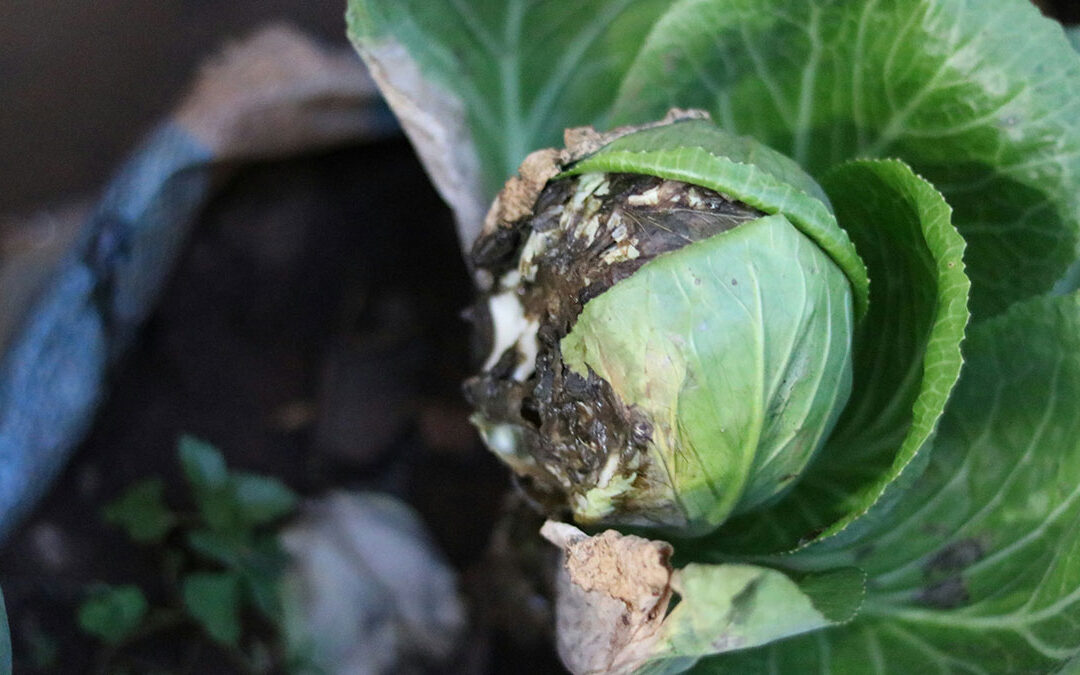Whether you’re growing your first backyard garden or fine-tuning your raised beds, vegetable gardening in Northern California comes with its own unique rhythm. Our region offers a long growing season, but that doesn’t mean success is automatic. Avoiding a few common pitfalls can make the difference between a disappointing harvest and a thriving edible oasis.
Here are 10 common vegetable gardening mistakes—and tips to help you grow smarter, not harder.
1. Skipping Soil Prep: The Root of Many Problems
Healthy soil is the foundation of a productive garden. If your garden soil is compacted, nutrient-poor, or lacking organic matter, your plants won’t stand a chance.
Tip: Start with a soil test and amend with compost, aged manure, or organic fertilizers. In clay-heavy areas of NorCal, add gypsum and organic matter to improve texture and drainage.
2. Letting Containers Get Root-Bound
Container gardening is great for patios and small spaces, but plants quickly outgrow their pots. Root-bound plants can suffer from stunted growth and nutrient deficiencies.
Tip: Choose large enough containers and re-pot fast growers mid-season if needed. Use quality potting mix and loosen roots gently when transplanting.
3. Calcium Deficiency in Tomatoes & Peppers (a.k.a. Blossom End Rot)
That sunken, black bottom on your tomatoes and peppers? It’s likely blossom end rot—a common sign of calcium deficiency.
Tip: Keep soil moisture consistent and amend with crushed eggshells, bone meal, or lime before planting. Mulch well to prevent moisture swings that hinder calcium uptake.
4. Too Much Nitrogen, Not Enough Results
Radishes that don’t form bulbs, leggy greens, or lush leaves with no fruit? It could be a nitrogen imbalance—often paired with insect issues in over-fertilized, crowded gardens.
Tip: Use balanced fertilizers and give each plant enough space to breathe. Companion plant with herbs like basil or marigolds to naturally deter pests.
5. Overwatering: A Silent Plant Killer
In Northern California’s dry summer climate, it’s easy to overcompensate with the hose. But too much water leads to root rot, fungal diseases, and unhappy plants.
Tip: Water deeply but less frequently. Check soil moisture with your finger before watering. Drip irrigation or soaker hoses help deliver water right where it’s needed.
6. Harvesting Too Soon
Impatience is natural—but picking veggies too early can mean bland flavors and reduced yield.
Tip: Learn the ideal harvest size for each crop. Zucchini, for example, tastes best at 6–8 inches long. Tomatoes should be fully colored and slightly soft when ripe.
7. Cauliflower Trouble: Buttoning and Bolting
Cauliflower is a cool-season crop that’s easily stressed. Too much heat, inconsistent watering, or nutrient deficiencies can prevent proper head formation.
Tip: Plant in early spring or late summer for a fall crop. Use row covers to shield from heat and wind. Keep soil moist and mulch well.
8. Growing in the Shade: A Recipe for Slow Growth
Vegetables need sun—lots of it. Shady spots can slow growth, reduce yield, and invite mildew.
Tip: Choose your garden location wisely. Most veggies need 6–8 hours of full sun daily. Leafy greens like spinach and lettuce tolerate partial shade better than fruiting crops.
9. Planting at the Wrong Time
Northern California has microclimates—what works in coastal Marin might flop in Sacramento. Timing your plantings for your specific region is key.
Tip: Use your local planting calendar as a guide. For example, start tomatoes after your last frost date (often around mid-March inland, later on the coast).
10. Buying Poor-Quality Seeds
Not all seed packets are created equal. Old, poorly stored, or cheap seeds can have low germination rates and poor disease resistance.
Tip: Buy seeds from reputable companies like Baker Creek, Territorial, or Renee’s Garden. Look for organic, non-GMO, and regionally adapted varieties when possible.
Final Thoughts
Gardening is part science, part art, and part patience. Don’t be discouraged by a few bumps in the soil. Every season is a new opportunity to grow something beautiful—and delicious. Start with good soil, give your plants what they need, and most of all—observe, adjust, and enjoy the journey.
✅ Vegetable Gardening: Mistakes to Avoid & Smart Tips
| ❌ Mistake | ✅ Tip |
|---|---|
| 1. Poor soil prep | Test soil & amend with compost or organic fertilizers before planting. |
| 2. Root-bound container plants | Re-pot as needed; use large containers with fresh potting mix. |
| 3. Blossom end rot (calcium deficiency) | Keep moisture consistent; add lime, eggshells, or bone meal. |
| 4. Too much nitrogen / crowding | Space plants properly; use balanced fertilizer; companion plant. |
| 5. Overwatering | Water deeply, not daily; check soil before watering; use mulch. |
| 6. Premature harvesting | Learn when crops are ripe; wait for full color/size/flavor. |
| 7. Cauliflower won’t form heads | Grow in cool seasons; protect from heat; keep soil evenly moist. |
| 8. Not enough sun | Plant in spots with 6–8 hours of full sun; reserve shade for greens. |
| 9. Wrong planting time | Follow your region’s planting calendar for best results. |
| 10. Cheap/old seeds | Buy from trusted sources; store seeds in cool, dry places. |
